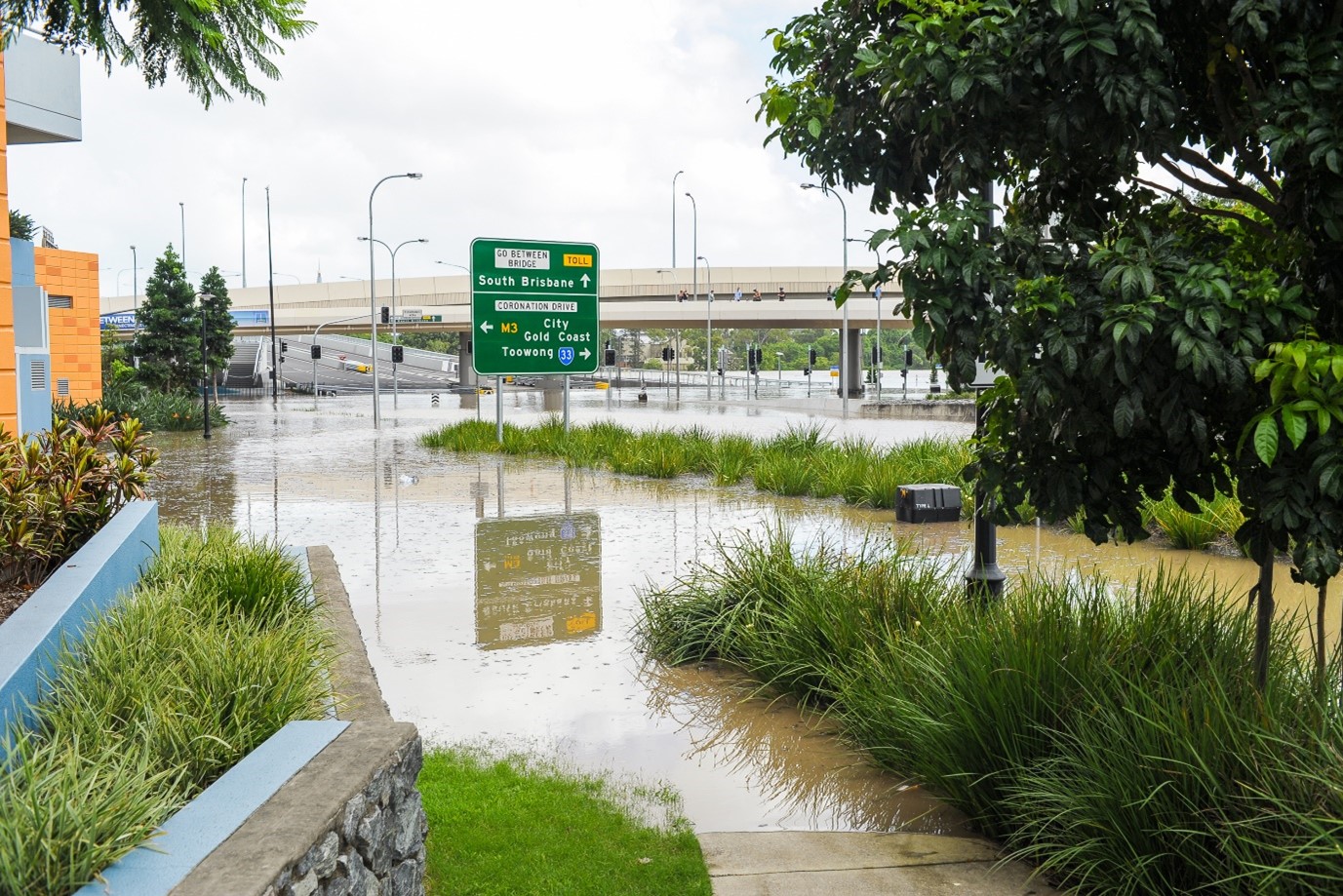17 Oct, 2022
Hospitality businesses prepare for more floods

Australia’s eastern seaboard has been beset by floods in 2022, with these severe weather events rivalling similar storm and flood events in 2011/2012 and 1974.
In some areas of Australia such as northern New South Wales and south-east Queensland, businesses have battled constant downpours and damage to their operations for a year or more.
The good news is hospitality businesses can take steps to prepare for flooding. This may help to minimise damage and reduce the time spent not trading next time a major deluge occurs.
Control the Risk
The first step in a comprehensive flood management plan is to prepare for the next flood event through steps like flood hazard mapping and contingency planning.
-
Map flood hazards
-
Creating a flood hazard map assists with identifying threats, assessing flood risks and providing insight into mitigation actions.
The idea is to develop a visual representation of your workplace and potential points of weakness if a flood strikes, in terms of where water may enter properties and cause damage. It also involves looking at historical weather patterns in and around your surrounding suburbs.
Flood mapping should indicate anticipated areas of flooding, expected and maximum water depths, elevation levels, evacuation routes and emergency evacuation areas and shelters. What’s important is to assess the risk at a micro level, that is your immediate environment, as well as the macro level, such as your street, suburb and local area.
Preparing a flood hazard map allows you to understand what safety measures to put in place and how to reduce risks. For instance, shifting mission-critical stock to a storage facility with water-resistant seals or one on higher ground. This may help the business to get back up and running quicker after a flood, saving money, time and stress.
-
-
Reducing flood damage
-
Working out ways to minimise damage in the event of a flood will help the business to resume trading as soon as possible after the storm has passed.
Some steps to take include:
- Installing barriers to stop flood water entering your premises.
- This may mean having doors and windows re-sealed or putting physical barriers outside the premises such as sandbags or and boarding up the windows. Consider putting in place flood doors, which may be rolled down or installed before a flood event.
- Walk slowly though your premises and assess each potential water entry point and see what you can do to halt the flow.
- Building low-protection walls if flood levels are only expected to be knee height above the ground. These walls can be used to safeguard electrical, technological and mechanical equipment including computers, low-voltage switchgears, cords, furnaces, boilers and generators. Sealable openings can be implemented to allow access.
Other contingencies to consider include free-standing barriers, as well as pumps that remove excess water. Flood shields can be used to block off openings, windows and doors. For maximum effectiveness, shields should be predrilled, numbered and stored in an easily accessible location, so they can be quickly bolted down to permanently anchored brackets.
-
-
Developing emergency protections
-
Emergency protections are measures to take after flood warnings have been issued and existing measures have proven inadequate.
Consider:
- Placing guard hoses and hose containers in high areas.
- Moving the contents of basement areas to sealed shelves and or cupboards.
- Placing sandbags at entry points. Be prepared well ahead of time because this is a time-consuming exercise.
- If you can’t access sandbags, use pillowcases or large bed sheets as an alternative
-
-
Business emergency planning
-
Actions the business risk manager or risk management team can take include:
- Making sure a map of the premises, which highlights where protection equipment is located, along with the emergency exits, is placed prominently.
- Posting a sign with contact information for emergency services including their website, phone number and physical address.
- Making sure staff know where to locate supplier information, such as builders, plumbers and other trades, whose help may be needed in an emergency and its aftermath.
- Listing alternative transport methods and routes for employees.
-
-
Preparing for a flood
-
These are the main steps to take should the business be at risk of an imminent flood.
- Monitor your state emergency or Bureau of Meteorology web sites, local radio and TV for flood and storm surge advice.
- Evacuate staff to a safer place before the flood.
- Turn off electrical power, gas, and water sources.
- Refuel company vehicles to prepare for an emergency.
- Move high value items and equipment to the highest possible elevation in the building.
- Secure loose items and equipment, especially those which that may cause significant property damage when unrestricted.
- Relocate hazardous chemicals, poisons and rubbish bins
- Assist neighbouring businesses in preparing for the flood.
While floods are devastating, you can reduce their impact on your operations through great planning.
-
Contact Richard Briggs at Xenia Mutual Management on either 0448 862 919 or at Richard.Briggs@xeniamutual.com today to find out more.
Important note:
This general information is provided to assist you in understanding some flood mitigation steps. It does not take into account your specific objectives, financial situation or needs. It is also not financial advice, nor complete, so please discuss the full details with your professional advisor.
